Are you a budding artist looking for the best materials to help bring your creative vision to life? Whether you’re an experienced artist or still finding your footing in the drawing world, having access to high-quality and affordable materials that capture light and color can make all the difference. Today we’re going over some of the top options for achieving optimal results in any work of art, from graphite pencils and charcoal sticks to markers and paints! No matter what your style or budget may be, knowing where to shop for reliable artistic supplies is essential – so let’s jump right into our guide on finding the best drawing materials out there!
Drawing Basics
Drawing is a fundamental skill that everyone possesses to some degree. Even if you think you can’t draw, it’s something within all of us that just needs to be nurtured and practiced. Drawing allows us to express our creativity and creativity is an essential part of being human. [1]
Why Should You Learn To Draw?
- Express Yourself: Drawing helps you convey your feelings, emotions, and ideas in a visual format. It allows you to communicate with others without using words.
- Stress Relief: Drawing can be therapeutic and help reduce stress levels by allowing you to focus on the present moment and express yourself freely.
- Improve Observation Skills: Drawing forces us to pay attention to details, shapes, and proportions. This skill can transfer over to other areas of our lives, making us more observant and detail-oriented.
- Enhance Memory: Drawing requires us to remember details and reproduce them on paper. This practice can improve our memory retention and overall cognitive function.
- Boost Problem-Solving Skills: When drawing, we need to analyze shapes and forms, experiment with different techniques, and come up with creative solutions. These problem-solving skills can be applied to other areas of our lives, making us more resourceful and innovative. [2]
Getting Started with Drawing
If you’re interested in learning how to draw, here are some tips to help you get started:
- Gather Your Materials: Before you start drawing, make sure you have all the necessary materials on hand. These may include pencils, erasers, paper, and any other tools or mediums you want to use.
- Find Inspiration: Look at the work of other artists for inspiration and try to recreate some of their pieces. This will help you develop your own style and techniques.
- Start with Basic Shapes: When starting, focus on drawing simple shapes like circles, squares, and triangles. This will help you understand proportions and perspectives.
- Practice Regularly: Like any skill, drawing takes practice. Set aside some time each day to doodle or sketch, even if it’s just for a few minutes.
- Experiment with Different Mediums: Don’t limit yourself to just pencils, try out different mediums like charcoal, pastels, or watercolors to see what works best for you.
- Take a Class or Find Tutorials: There are plenty of online tutorials and classes available for all skill levels. Take advantage of these resources to learn new techniques and improve your skills. [3]
What are the Benefits of Drawing?
Drawing is a universal language that has been used by humans for thousands of years. From ancient cave drawings to modern digital art, drawing has always been a fundamental form of communication and expression. However, the benefits of drawing go far beyond just creating aesthetically pleasing images. In this section, we will explore some of the many benefits of drawing. [4]
1. Improved Motor Skills and Hand-Eye Coordination
Drawing requires precise movements of the hand, fingers, and wrist. By practicing drawing regularly, you can improve your fine motor skills and hand-eye coordination. These skills are essential for tasks such as writing, typing, and even just daily activities like buttoning a shirt or tying shoelaces.
2. Increased Creativity
Drawing is a form of self-expression, allowing you to tap into your imagination and create something unique. This can help stimulate your brain and increase creativity in other aspects of your life as well. Drawing also allows for problem-solving, as you have to use your creativity to find solutions when faced with challenges or mistakes.
3. Stress Relief
The act of drawing can be incredibly calming and stress-relieving. It allows you to focus on the present moment and let go of any worries or anxieties. Many people find drawing to be a form of meditation, as it can help clear the mind and relax the body.
4. Improved Visual Literacy
Drawing involves analyzing shapes, sizes, proportions, and colors. By practicing drawing, you can improve your visual literacy, which is the ability to interpret and understand visual information. This skill is beneficial not only for art-related endeavors but also in areas such as reading maps, graphs, and diagrams.
5. Increased Observation Skills
Drawing requires careful observation of details and nuances in the world around you. By regularly drawing from life or reference images, you can sharpen your observation skills and become more attentive to your surroundings. This can also lead to a deeper appreciation for the beauty and complexity of the world. [5]
6. Boosted Confidence
One of the most rewarding aspects of drawing is seeing improvement over time. As you continue to practice and see your skills develop, it can greatly boost your confidence and self-esteem. Additionally, sharing your drawings with others and receiving positive feedback can also be a confidence booster.
7. Promotes Relaxation and Mindfulness
Drawing can be a form of self-care, allowing you to focus on the present moment and let go of any stress or distractions. It promotes relaxation and mindfulness, helping you to feel more centered and at peace.
Overall, drawing has numerous benefits for both physical and mental health. Whether you are a beginner or an experienced artist, there is always something new to discover and learn through drawing. So grab a pencil and paper, and start reaping the rewards of this wonderful form of expression! [6]
What Types of Drawing Are Available?
There are various types of drawing available, each with its own unique characteristics and techniques. Some of the most common types include:
1. Sketching
Sketching is a freehand drawing technique that involves creating rough outlines and shapes of an object using pencils, charcoal, or other media. It is often used as a preliminary step in the design process to quickly capture ideas and concepts. [7]
Special Detail:
One unique aspect of sketching is its ability to convey a sense of movement or motion in a drawing. This is achieved through the use of quick, gestural lines that capture the essence of a subject rather than focusing on details.
2. Technical Drawing
Technical drawing, also known as drafting, is a precise and detailed method used to create accurate representations of objects or structures. It typically involves the use of specialized tools such as rulers, protractors, and compasses to create precise measurements and angles.
Special Detail:
Technical drawing is an essential skill for architects, engineers, and designers as it allows them to accurately communicate their ideas and designs to others. It also plays a crucial role in industries such as manufacturing and construction.
3. Figure Drawing
Figure drawing is the art of depicting the human figure in various poses and gestures. It requires a deep understanding of anatomy and proportions to accurately capture the human form.
Special Detail:
Figure drawing is not limited to just traditional art forms. With the advancement of technology, digital figure drawing has become increasingly popular, allowing for more flexibility and experimentation in creating lifelike figures.
4. Perspective Drawing
Perspective drawing involves creating realistic illusions of depth and space on a two-dimensional surface. It is achieved through the use of vanishing points, horizon lines, and other techniques to create the illusion of three-dimensional objects.
Special Detail:
Perspective drawing is often used in architectural and interior design to create accurate representations of buildings or rooms. It can also add depth and realism to illustrations in fields such as animation and graphic design.
5. Illustration
Illustration is the art of creating visual representations of ideas, concepts, or stories. It can encompass a wide range of styles and techniques, from traditional hand-drawn illustrations to digital illustrations.
Special Detail:
One unique aspect of illustration is its use in children’s books and editorial cartoons. These forms of illustration often incorporate exaggerated or stylized elements to convey a message or story in a visually appealing way. [8]
6. Cartooning
Cartooning is a form of illustration that uses simplified and exaggerated drawings to create humorous or satirical commentary on society, politics, or popular culture. It typically involves creating characters with distinct personalities and using them to tell stories or convey messages.
Special Detail:
Cartoons have evolved beyond just newspaper comics and are now seen in various forms of media, such as animated TV shows, movies, and graphic novels. They also play a prominent role in advertising and marketing campaigns.
7.Digital Drawing
Digital drawing is the creation of art or illustrations using digital tools such as software, tablets, and styluses. It offers artists a more efficient and versatile way to create and manipulate their drawings.
Special Detail:
One advantage of digital drawing is its ability to easily correct mistakes without leaving any trace behind. This allows for more experimentation and freedom in the creative process. Additionally, digital drawings can be easily shared and reproduced, making it a popular choice for commercial art and design projects.
8. Calligraphy
Calligraphy is the art of writing beautifully and artistically using various styles of lettering. It requires precise control of pen strokes and often involves creating elaborate designs with words.
Special Detail:
Calligraphy has a long history dating back to ancient civilizations, where it was used for religious texts and manuscripts. Today, it is still practiced as a form of art and can be seen in wedding invitations, certificates, and other decorative items.
9. Mixed Media
Mixed media drawing involves combining various materials such as paint, ink, collage, and more to create a multi-dimensional piece of art. It allows for endless experimentation and creativity by blending different techniques and textures.
Special Detail:
One unique aspect of mixed media drawing is the use of found objects and recycled materials, giving new life to everyday items and adding an element of surprise to the artwork. [9]
What Drawing Techniques Are Available?
Aside from the basic drawing techniques such as sketching, shading, and line work, there are various other techniques that artists can use to create their works. Some of these techniques include:
Hatching and Cross-Hatching
This technique involves using short, parallel lines to create texture and shading. Hatching refers to the use of lines in one direction, while cross-hatching is when the lines intersect in different directions. [10]
Stippling
Stippling involves creating an image or texture using small dots in varying sizes and densities. This technique can be time-consuming but can result in intricate and detailed artwork.
Blending
Blending involves smudging or mixing different colors or values together to create smooth transitions and gradations. This technique is commonly used in painting but can also be applied in drawing using tools such as blending stumps or fingers.
Sgraffito
Sgraffito is a technique where the artist scratches into a layer of paint or pastel to reveal the layers underneath. This can create interesting textures and effects in an artwork. [11]
Ink Wash
Ink wash is a painting technique that involves diluting ink with water and applying it to paper using brushes. This technique can also be used in drawing to create varying shades of gray or black through the use of different concentrations of ink.
Charcoal Powder
Charcoal powder can be used to create soft, smudgy lines and shading. It can also be mixed with water to create a wash effect similar to ink wash.
Collage
Collage involves combining different materials such as paper, fabric, or photographs to create an artwork. This technique adds texture and dimension to a drawing and allows for more creativity and experimentation.
Mixed Media
Mixed media involves combining different materials and techniques such as painting, drawing, collage, and printmaking to create an artwork. This technique allows for endless possibilities and can result in unique and dynamic pieces. [12]
15+ Must-Have Tools and Materials Used for Drawing
Drawing is a form of art that allows for the expression of creativity and imagination through visual representation. It requires skill, practice, and the right tools and materials to bring ideas to life on paper or any other medium. [13]
Whether you are a beginner or an experienced artist, having the right set of tools and materials can enhance your drawing experience and improve the quality of your artwork. Here are 15 must-have tools and materials that every artist should have in their drawing kit.
1. Pencils
Pencils are the most fundamental tool for any artist. They come in a variety of lead grades, from soft to hard, allowing for different levels of shading and detail in drawings. It is recommended to have at least three pencils with varying lead grades (HB, 2B, and 4B) in your drawing kit.
Pencil Types:
- Graphite: These are the most common type of pencils used for drawing and come in a range of lead grades. They are perfect for creating precise lines, shading, and blending.
- Colored: These have a wax or oil-based pigment core and are great for adding color to your drawings. They can also be blended to create different shades and effects.
- Mechanical: These have a fine lead that is perfect for detailed drawings and technical illustrations. They eliminate the need for sharpening and come in various lead sizes.
2. Erasers
Erasers are essential for correcting mistakes and creating highlights in drawings. There are various types of erasers, such as kneaded erasers that can be molded into different shapes for precise erasing and vinyl erasers that erase cleanly without leaving any residue.
Eraser Types:
- Kneaded: This type of eraser is pliable and can be molded into different shapes, making it perfect for correcting small details and removing light marks without damaging the paper.
- Vinyl: These erasers are firm and work well for removing pencil or charcoal marks. They can also be used to create highlights by lifting off layers of color.
- Electric: These erasers have a motorized tip that rotates, making them ideal for precise erasing in small areas or adding highlights to drawings.
3. Drawing Paper
Drawing paper is specially designed for artwork and comes in various textures, weights, and sizes. It is important to choose the right type of paper based on the medium you will be using and the desired effect for your drawing.
Drawing Paper Types:
- Smooth: This type of paper is best for detailed drawings and illustrations, as it allows for smooth ink or pencil strokes.
- Rough: As the name suggests, this paper has a rough texture that adds character to drawings and works well with dry media such as charcoal or pastels.
4. Drawing Pads
A drawing pad provides a sturdy surface to work on and keeps all your drawings in one place. It also helps to prevent smudging and keeps your paper clean.
Drawing Pads Types:
- Spiral-bound: These pads have a spiral binding on the top or side, making it easy to flip through and work on individual sheets.
- Hardbound: These pads have a hard cover and are more durable, making them ideal for carrying around and outdoor drawing sessions.
5. Drawing Board
A drawing board is a flat, hard surface used for drawing on paper or other media. It provides stability and support while working on a drawing, especially when using mediums that require pressure like charcoal or pastels.
Drawing Board Types:
- Portable: These boards are lightweight and easy to carry around, making them ideal for outdoor drawing sessions.
- Adjustable: These boards have an adjustable angle or height, allowing for comfortable drawing positions.
6. Charcoal
Charcoal is a popular medium for drawing and comes in a variety of forms, including sticks, pencils, and powder. It allows for bold, dark lines and can be easily smudged for shading and blending.
Charcoal Types:
- Vine: This type of charcoal is made from soft willow or grape vines and creates smooth, dark lines. It is perfect for creating bold strokes and shading.
- Compressed: These charcoals come in pencil form and are harder than vine charcoal, allowing for more precise lines and details.
7. Graphite Sticks
Graphite sticks are similar to charcoal but come in a softer form. They provide a wider range of values and can create a smooth, matte finish.
Graphite Sticks Types:
- Soft: These sticks have a higher concentration of graphite and create dark, rich lines. They are perfect for creating bold strokes and shading.
- Medium: These sticks have a balance of graphite and clay, making them ideal for creating varying values and details in drawings.
8. Colored Pencils
Colored pencils are an excellent medium for adding color to drawings. They come in a wide range of colors and can be layered or blended to create different shades and tones. [14]
Colored Pencil Types:
- Wax-based: These pencils have a soft wax core that allows for smooth, vibrant colors. They are great for creating detailed drawings and blending.
- Oil-based: These pencils have a harder core and create more saturated colors. They work well on darker papers and can be used to add fine details to drawings.
9. Watercolor Pencils
Watercolor pencils are similar to colored pencils, but when water is applied, they produce a watercolor effect. They are great for adding vibrant colors and creating different textures in drawings.
Watercolor Pencil Types:
- Dry: These pencils can be used dry like regular colored pencils, allowing for precise lines and details.
- Wet: When water is applied to these pencils, they produce vibrant, watery colors that can be blended and layered to create different effects.
10. Ink Pens
Ink pens come in various sizes, making them perfect for creating fine details and precise lines in drawings. They are also waterproof, ensuring that your artwork stays intact even if it gets wet.
Ink Pens Types:
- Fine liners: These pens have a fine, sharp tip and are perfect for creating intricate details and precise lines.
- Brush pens: These pens have a flexible brush-like tip that allows for varying line widths and is great for creating dramatic effects in drawings
- Calligraphy pens: These pens have a flat, chiseled tip and are used for creating thick and thin lines in calligraphic style drawings.
11. Brush Pens
Brush pens are similar to ink pens but have a brush-like tip, making them perfect for creating calligraphy and adding texture to drawings.
Brush Pens Types:
- Watercolor: These pens have a water-based ink that produces a watercolor effect when water is applied. They are great for creating vibrant colors and textures in drawings.
- Alcohol-based: These pens have an alcohol-based ink that dries quickly, making them ideal for creating smooth, precise lines with no smudging. They also work well on non-porous surfaces like plastic or acetate.
12. Oil Pastels
Oil pastels are made from pigments and oil, giving them a rich, vibrant color. They can be easily blended to create smooth gradients and are great for adding bold colors to drawings.
Oil Pastels Types:
- Soft: These pastels have a higher concentration of pigment and are perfect for creating bold, vibrant colors. They can be easily blended with fingers or a blending tool.
- Hard: These pastels have a harder texture and are better for creating fine details in drawings. They work well on top of other mediums to add depth and texture.
- Water-soluble: These pastels can be used dry like regular oil pastels, but when water is applied, they produce a watercolor effect. They are great for creating different textures and effects in drawings.
13. Blending Stumps
Blending stumps, also known as tortillons, are used to blend and smudge different drawing mediums such as charcoal and pastels. They have a pointed tip and come in various sizes for more precise blending.
Blending Stumps Types:
- Paper blending stumps: These are made of tightly rolled paper and are the most widely used type of blending stump. They come in different sizes and can be easily sharpened with sandpaper.
- Felt blending stumps: These are made of compressed felt and are known for their ability to create smooth blends. They are also easy to sharpen with sandpaper.
- Tortillon blending stumps: These are made of rolled paper with a pointed tip and have a hollow center. They can be used to create different effects in drawing.
- Leather chamois blending stumps: These are made of soft leather and are ideal for blending graphite or charcoal drawings.
14. Paper Stumps
Paper stumps are similar to blending stumps but made from tightly rolled paper. They are great for blending large areas and creating soft, subtle tones.
Paper Stumps Types:
- Smooth paper stumps: These are made from high-quality, smooth paper and are ideal for blending fine details.
- Rough paper stumps: These are made from rougher textured paper and are perfect for creating more texture in drawings.
- Sandpaper blending stumps: These have a sandpaper surface that can be used to sharpen the tip of the stump for more precise blending.
- Double-ended paper stumps: These are two paper stumps connected at each end, allowing for more versatility in blending different mediums.
15. Fixative Spray
Fixative spray is used to protect finished drawings from smudging and fading. It comes in a spray can and should be applied lightly and evenly over the drawing from a distance of 12 inches.
Fixative Spray Types:
- Workable fixative: This type of spray allows you to continue working on your drawing even after it has been sprayed.
- Final fixative: This type of spray is used as a final protective layer for finished drawings. It cannot be worked on top of once applied.
16. Rulers
Rulers are essential for creating straight lines and precise measurements in drawings. They come in various lengths and materials such as stainless steel, plastic, or wood.
Rulers Types:
Straight edge ruler: This is the most common type of ruler with a straight edge for drawing lines.
- T-square ruler: This ruler has a t-shaped bar at one end, used for creating perpendicular lines and perfect right angles.
- French curve ruler: This ruler has various curved edges and can be used to create smooth, freehand curves in drawings.
- Flexible curve ruler: This ruler is made from a flexible material and can be bent to create curved lines in drawings.
17. Compass
A compass is a drawing tool used to create perfect circles and arcs of different sizes. It is useful for adding detail to drawings or creating geometric shapes.
Compass Types:
- Standard compass: This is the most basic type of compass with two adjustable legs for creating circles.
- Bow compass: This type of compass has a spring mechanism, allowing it to be used for more precise and intricate designs.
- Beam compass: A beam compass is composed of a long beam and two adjustable arms attached at each end. It can be used to create large circles or arcs.
- Divider compass: This type of compass has two pointed ends and is used for measuring and transferring distances on a drawing. [15]
FAQs
What materials do artists use for drawing?
Artists use a variety of different materials for drawing, such as pencils, charcoal, ink, pastels, and markers. Each material has its unique qualities and can be combined to create different effects in drawings.
What is the best brand for drawing supplies?
The best brand for drawing supplies depends on personal preference and the specific medium being used. Some popular brands among artists include Faber-Castell, Staedtler, Prismacolor, and Copic.
What is the most realistic drawing system?
There is no one “most realistic” drawing system as it ultimately depends on the artist’s skill and technique. Some artists may prefer using traditional mediums like graphite or charcoal, while others may achieve a realistic effect with digital tools and software. Experimenting with different materials and techniques can help an artist find their own unique style of creating realistic drawings.
Which drawing is best and easiest?
Again, this is subjective and depends on the individual’s skill level and personal preference. Some find drawing with pencils or charcoal to be easiest, while others may prefer using markers or digital tools. Ultimately, what matters most is finding a medium that allows an artist to express themselves and create art that they are proud of.
Useful Video: 10 Essential Drawing Materials for SERIOUS Beginners
To Wrap Up
Drawing can help you express how you feel, reduce stress levels, and even enhance brain development. Taking the time to learn the basics of drawing can pay off greatly in terms of personal expression, creativity, and problem-solving skills. While there are many types of drawing materials out there such as pencils, pens, markers, charcoals, pastels, and watercolors it is important for aspiring artists to find what works best for them. The best way to find out which material you like the most is by testing out each one until you find what you like the best. We sincerely hope this post has helped you decide what type of material to use next time when creating a masterpiece! Finally be patient during your artistic journey as Rome was not built in a day and don’t forget that practice does make perfect.
References:
- https://www.artistsnetwork.com/drawing-basics-learn-to-draw/
- https://design.tutsplus.com/articles/i-want-to-draw-simple-exercises-for-complete-beginners–vector-20583
- https://www.proko.com/course/drawing-basics/overview
- https://www.21-draw.com/11-health-benefits-of-drawing/
- https://artandbonding.com/7-great-benefits-of-painting-drawing/
- https://artincontext.org/benefits-of-drawing/
- https://www.indeed.com/career-advice/career-development/types-of-drawing
- https://www.linearity.io/blog/drawing-styles/
- https://mymodernmet.com/drawing-styles/
- https://www.cowlingandwilcox.com/blog/post/48-a-guide-to-pencil-sketching-techniques
- https://arteza.com/blogs/articles/16-pencil-drawing-techniques
- https://mymodernmet.com/basic-drawing-techniques/
- https://latenightportrait.com/drawing-materials-for-beginners/
- https://dreamcivil.com/different-drafting-tools/
- https://www.artistsnetwork.com/art-techniques/beginner-artist/beginner-drawing-logic-the-right-drawing-tools-for-the-job/


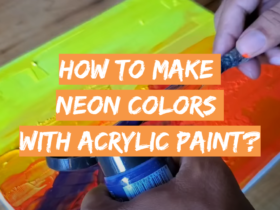
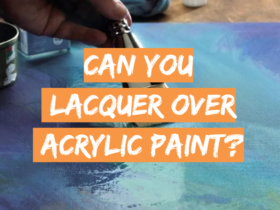
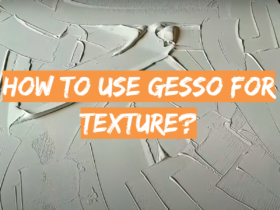


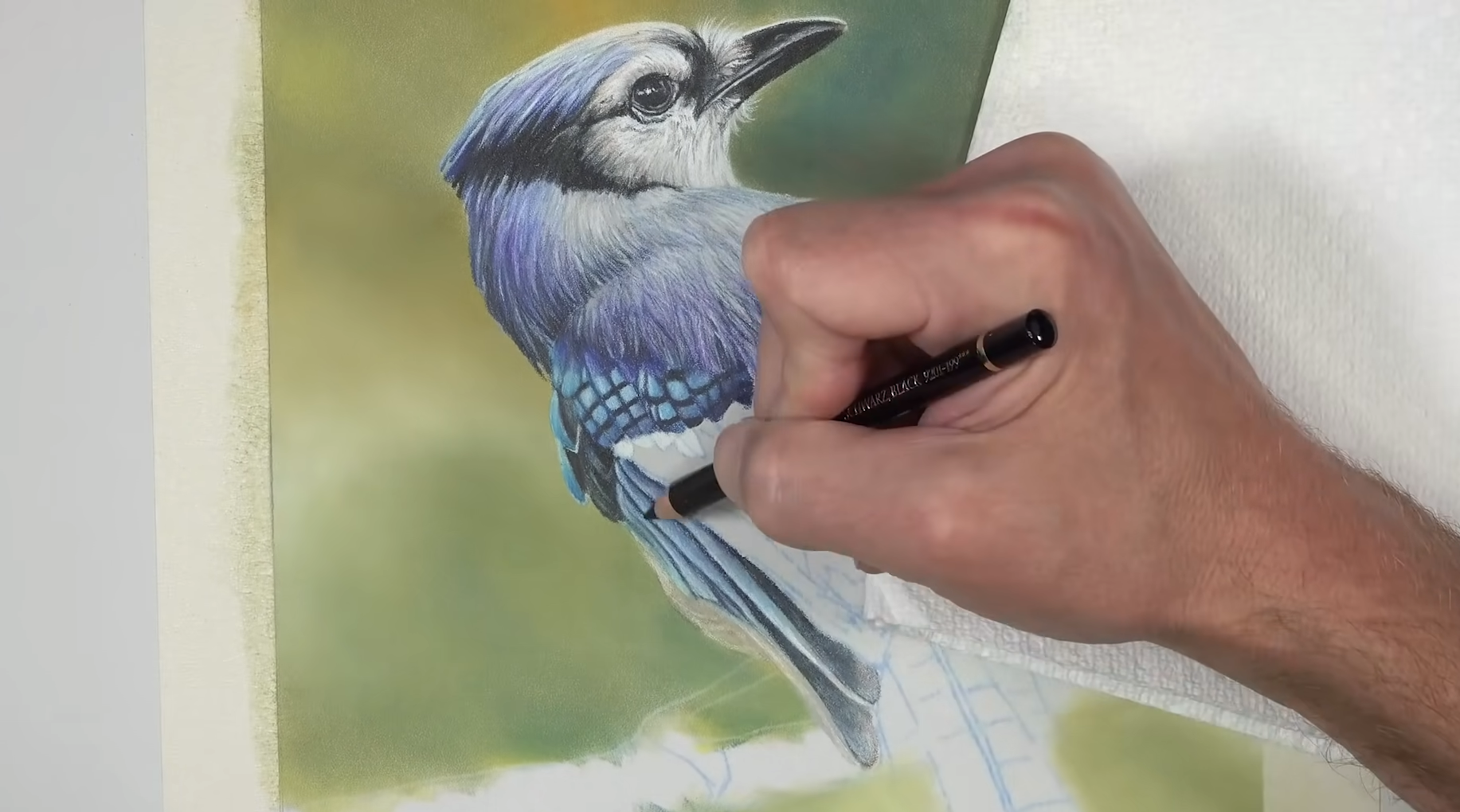
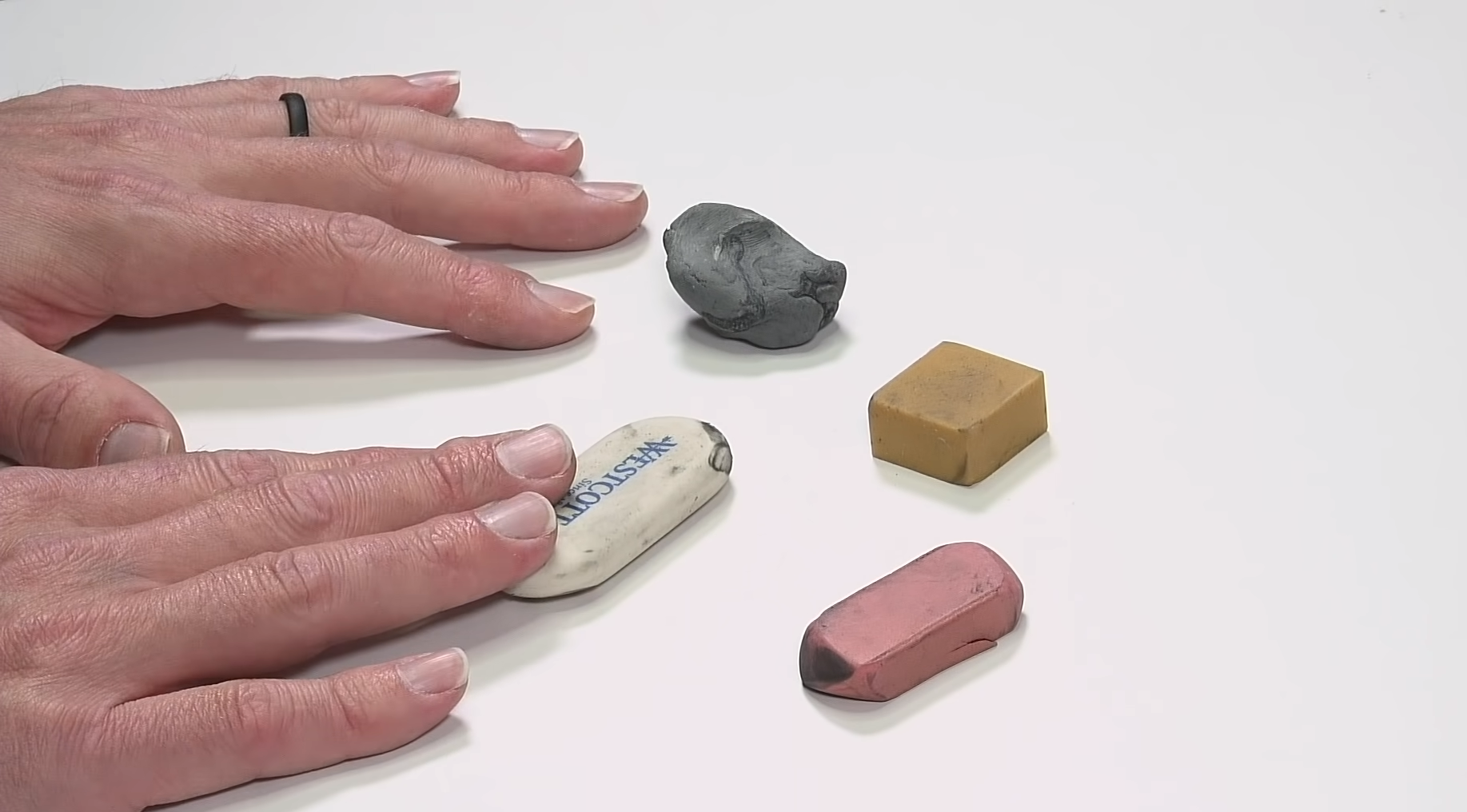

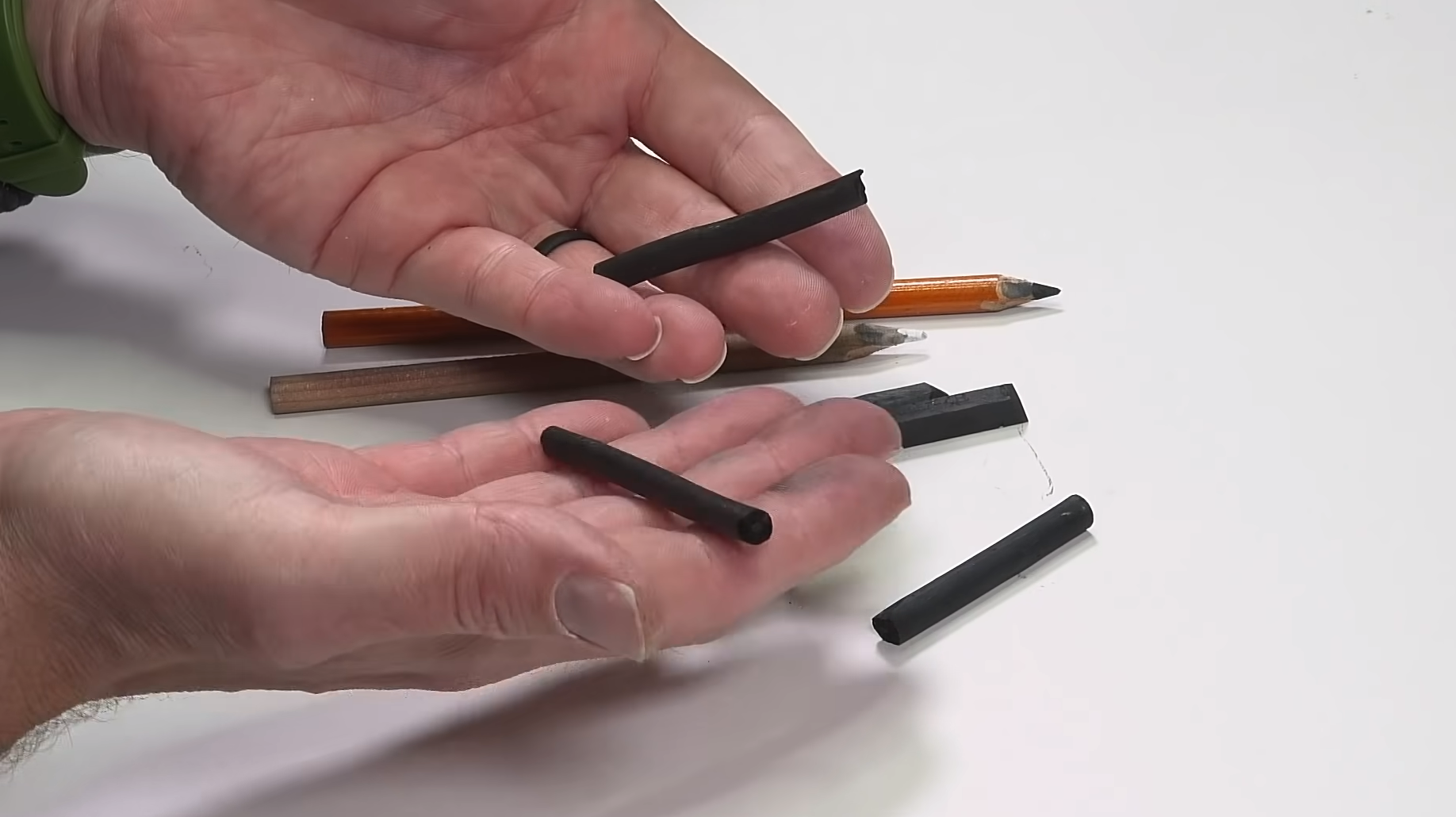
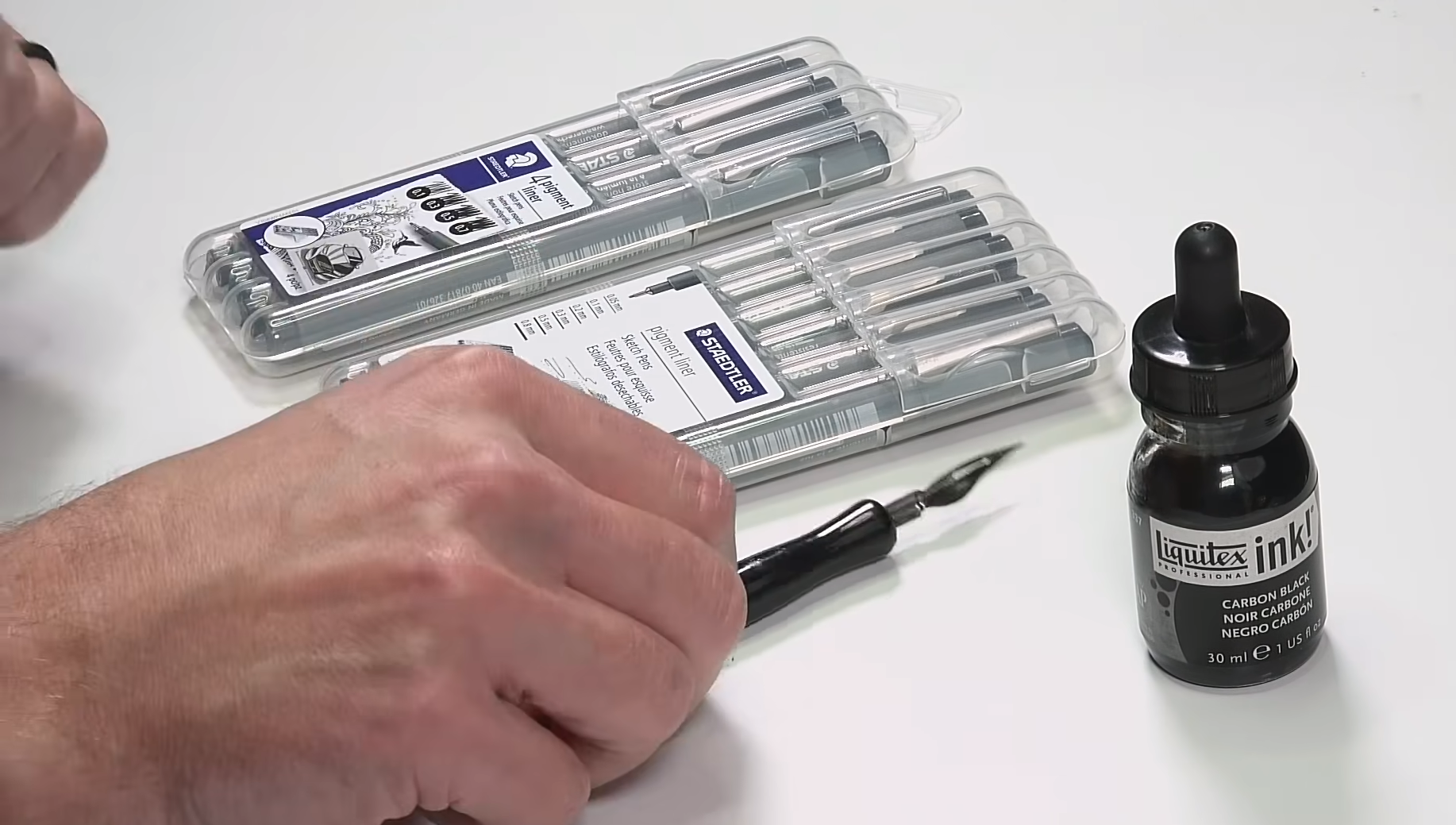
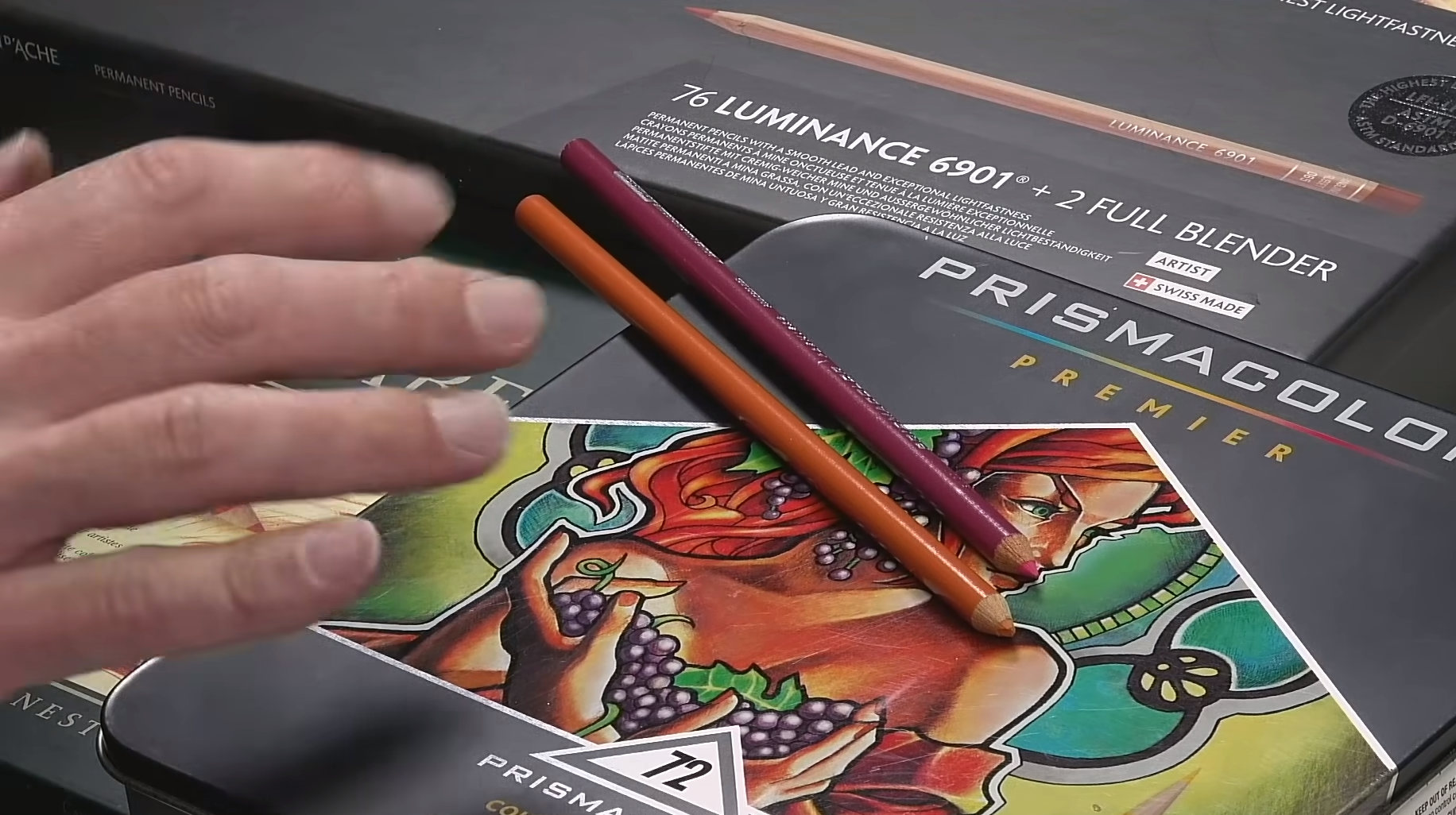
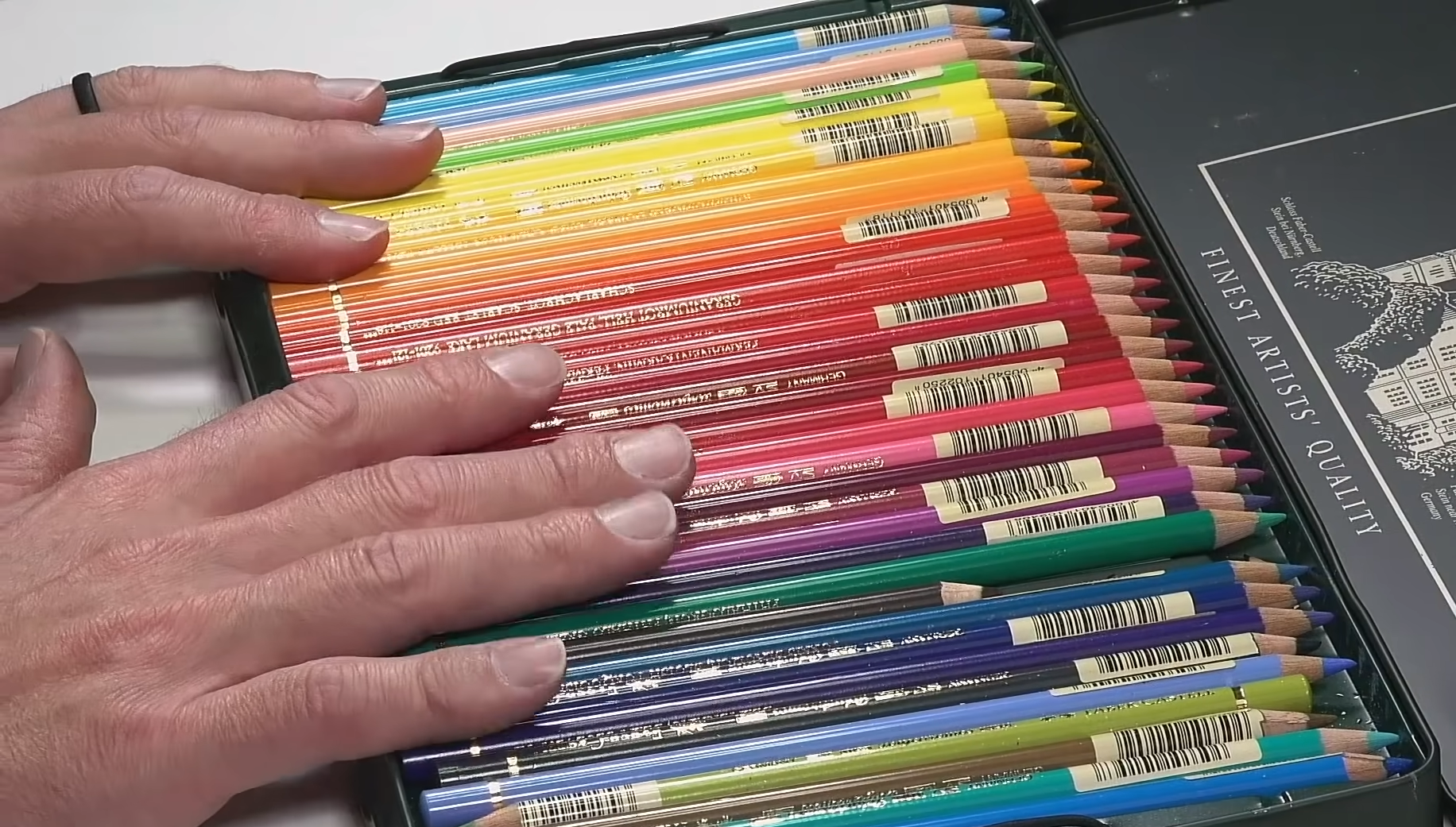
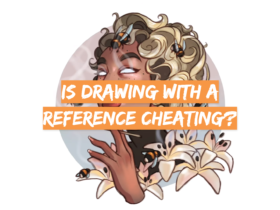
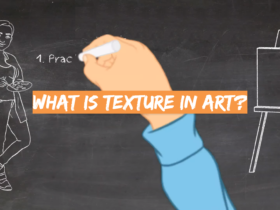
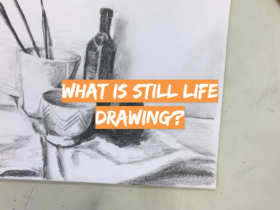
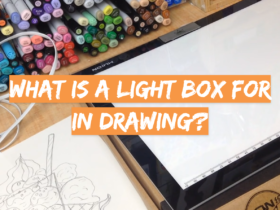
Leave a Review